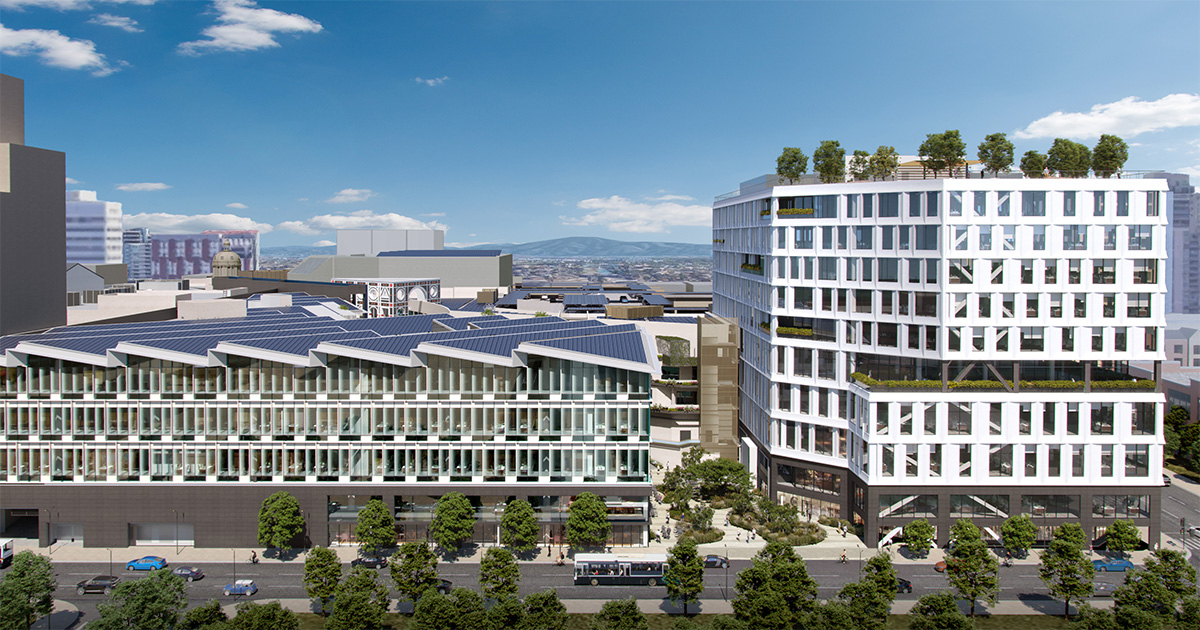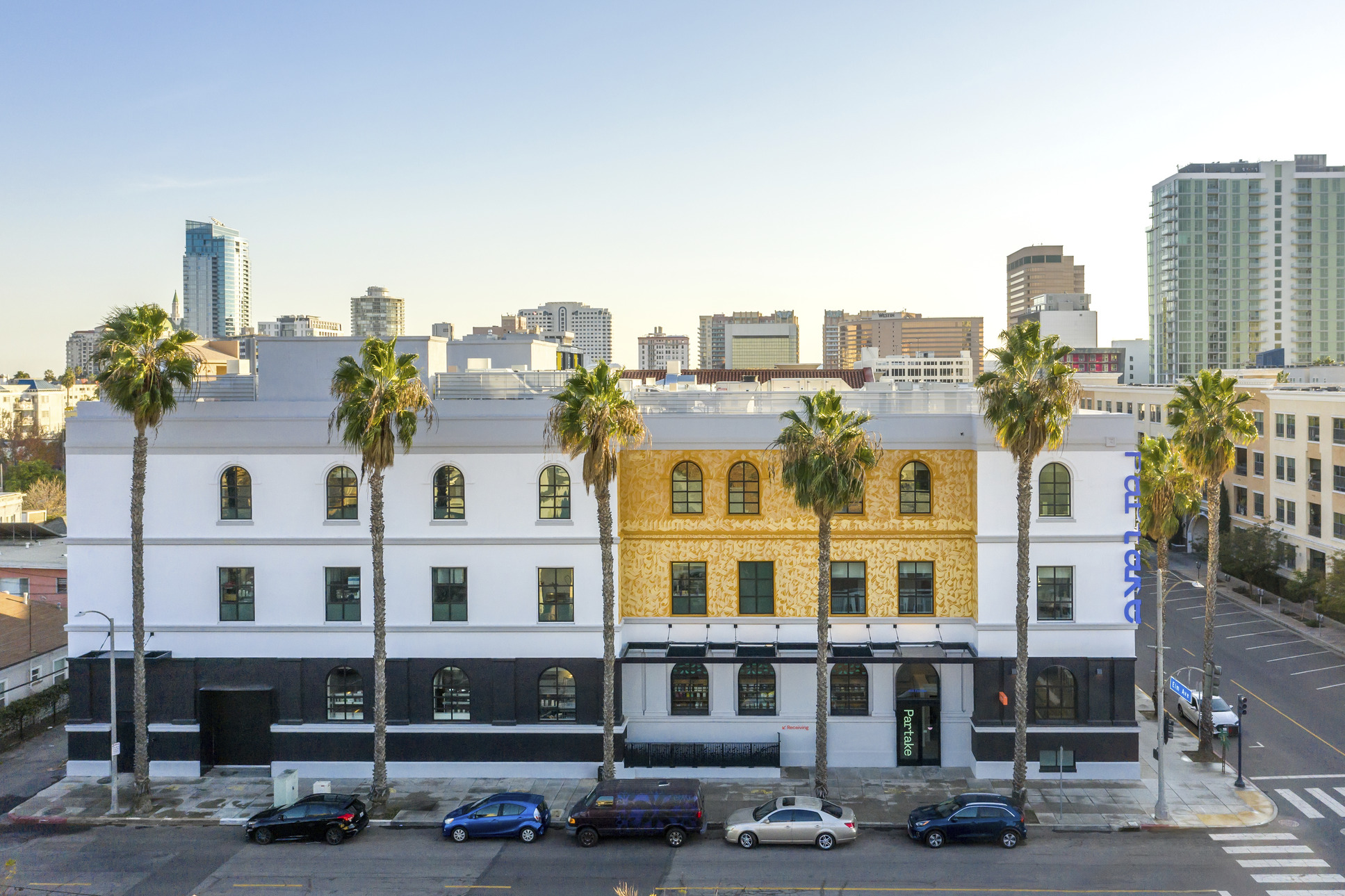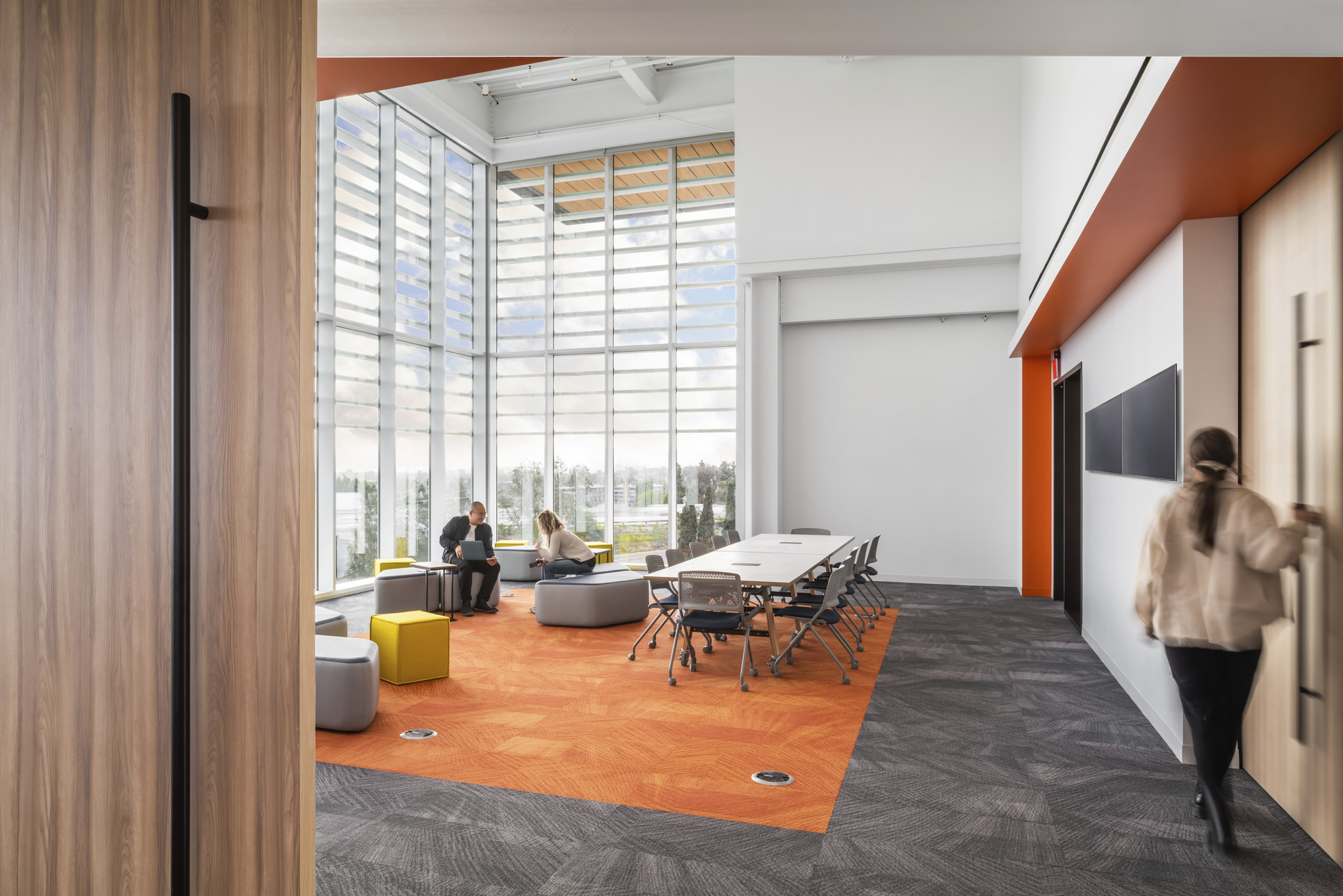Services
Sustainability
Prioritizing a Greener Tomorrow
A Sustainable Approach to Design
At RDC, we shape urban environments, affecting the ecosystem, health, and lifestyle. Our sustainability services enable us to create solutions that aim for regenerative impacts. Different building types present chances to enhance energy efficiency, health, equity, and local climate adaptation. This begins with local climate analysis and stakeholder involvement, extending through the design process. Whether it’s taking advantage of passive cooling and façade specific shading and thermal mass or maximizing outdoor space with 100% native and drought tolerant landscape, each step provides opportunities to lessen our portfolio’s carbon footprint.
Design Principles
The Sustainability Blueprint
Embodied
Carbon
Renewable
Energy
Health &
Wellness
Water
Reuse
Future
Resilience
The Full Embodied Carbon Cycle
Embodied carbon is increasingly recognized in evaluating a building’s environmental footprint. While operational carbon represents the emissions from running the building and will drop over time through the decarbonization of the grid, embodied carbon accounts for carbon emitted as a result of the manufacturing process, transportation to the site, and the full lifecycle of the product.
Considering both operational and embodied carbon throughout a building’s lifecycle is vital for a full environmental assessment. This holistic view is gaining traction in regulatory and market trends, signaling a move towards sustainable construction practices.

Learn more about RDC’s efforts to reduce embodied carbon at our San Diego project, Campus at Horton.
Harnessing the Power of the Sun
Solar energy not only helps the environment by generating abundant renewable energy, but it also significantly reduces energy costs for tenants and building occupants. Additionally, solar power increases a building’s energy independence, reduces reliance on fossil fuels, and can potentially increase property values. It demonstrates a commitment to sustainable practices, which can enhance a building’s reputation and appeal to environmentally conscious individuals and businesses.
An array of 5,658 solar panels atop the Campus at Horton. Learn More
Campus at Horton’s 5658 panel solar array has
of total production potential

thats enought power to fully charge
2,872 electric vehicles for a year.
How we measure renewable energy.
MWh (Megawatt-hour): This is a measure of energy, representing how much power is used, or produced, over a period of time.
1 MWh represents the energy consumed when a device requiring 1 million watts, operates continuously for one hour. Or, the energy consumed when 1 million devices, requiring 1 watt each, operate continuously for one hour.
Laserfiche’s HQ proudly holds WELL Gold Certifications, showcasing its commitment to employee well-being. Learn More
Health & Wellness
Architecture for Well-Being
Integrating health and wellness principles into architectural design (also known as “wellness design”) aims to emphasize the connection between a built environment and the well-being of the occupants of that environment. Creating spaces that promote comfort, relaxation and a connection to nature all serve to improve and promote physical and mental health.
Wellness Design Considerations:
Acoustics
Air Quality
Biophilia
Color
Ergonomics
Lighting
Natural Materials
Thermal Comfort
Physical Activity
Technology
Designed for Well-Being: Learn more about the incorporation of wellness design at our project, Laserfiche HQ.
Water Reuse & Conservation
The Importance of Water Efficiency
Water reuse and conservation play pivotal roles in sustainable design within architecture, serving as integral components that address the pressing global challenges of water scarcity and environmental degradation. By implementing innovative technologies such as greywater systems and rainwater harvesting, architects can reduce the demand on traditional water sources while simultaneously minimizing the energy-intensive processes associated with water treatment and distribution. Integrating these practices not only contributes to a more efficient use of resources but also fosters resilience in the face of climate
change and population growth.
Sustainable Water Design Strategies:
- Rainwater Harvesting
- Green Roofs & Living Walls
- Water-Efficient Fixtures
- Greywater Recycling
- Sustainable Drainage Systems
Partake Collective has given a decades-old structure new life. Learn More
Future Resilience
Durability, Adaptability & Sustainability
Resilient design integrates strategies that enhance a building’s ability to endure natural disasters, climate change impacts, and other unforeseen disruptions. This involves thoughtful site selection, durable construction materials, and innovative engineering solutions. Additionally, resilient design emphasizes flexibility, allowing buildings to evolve with changing needs and conditions. By incorporating redundancy and adaptability, architects ensure that structures can continue functioning even in the face of unexpected events. Ultimately, resilient design not only safeguards the built environment but also contributes to the overall sustainability of communities, fostering longevity and adaptability in the face of an ever-changing future.






